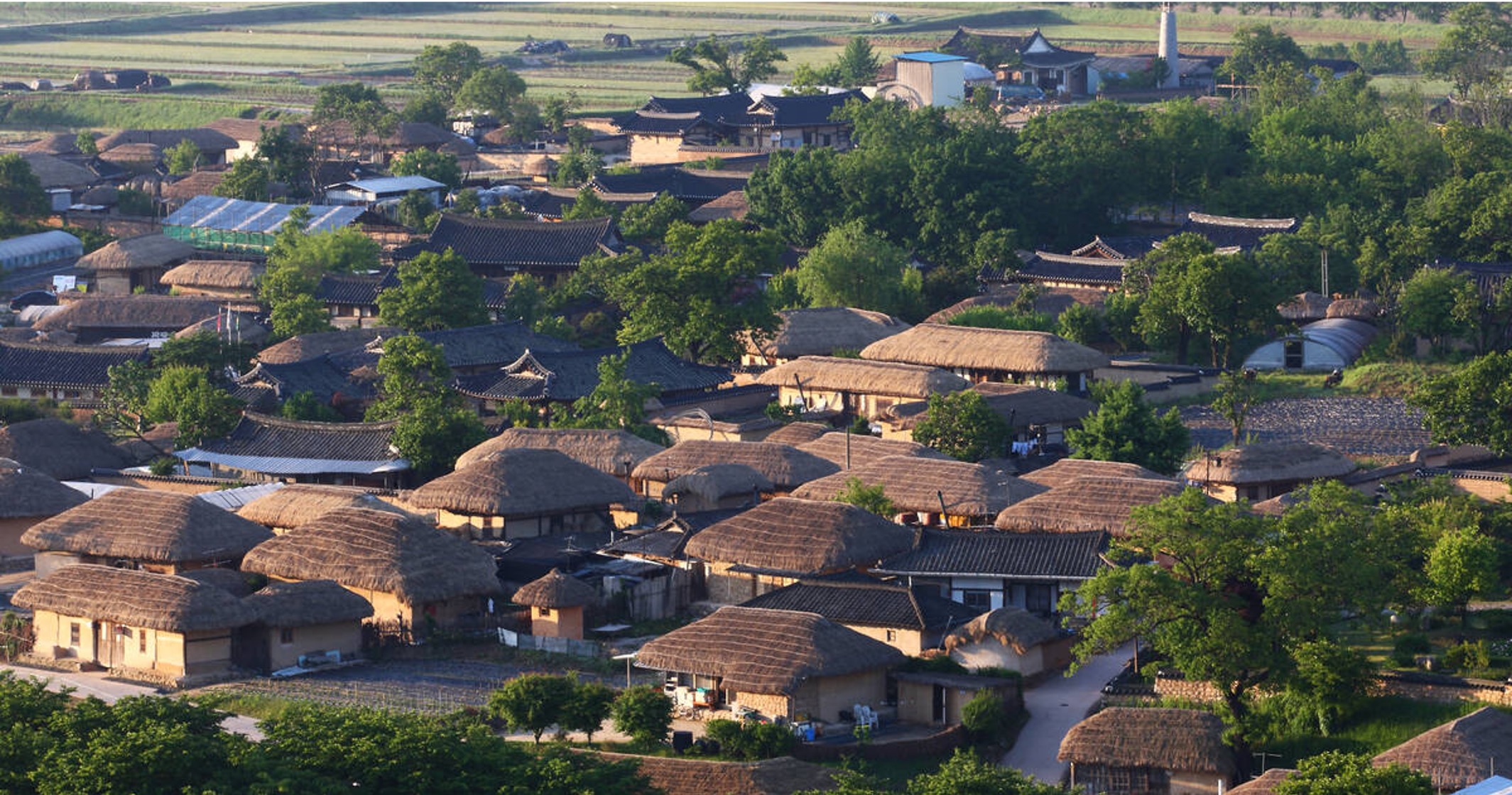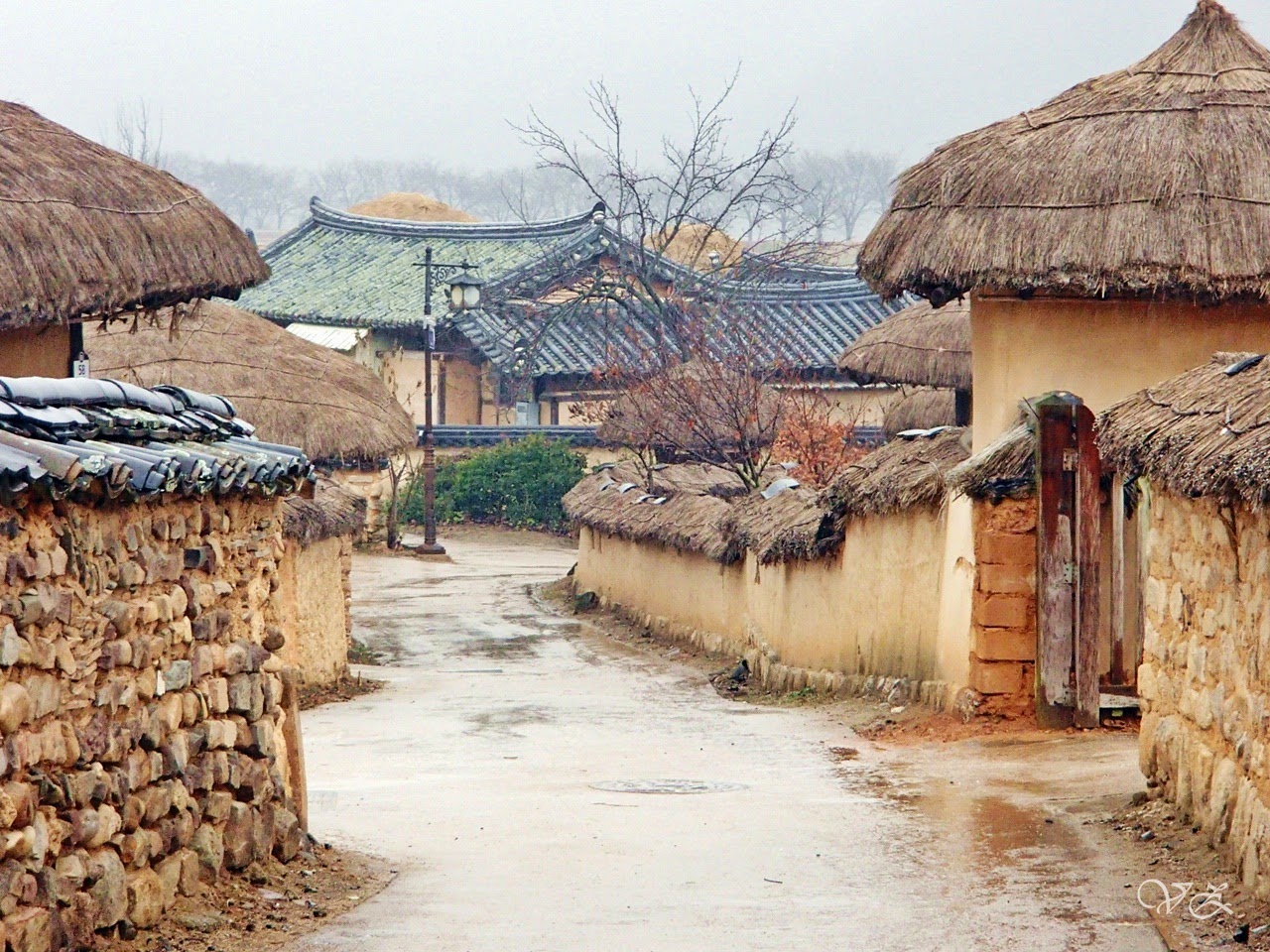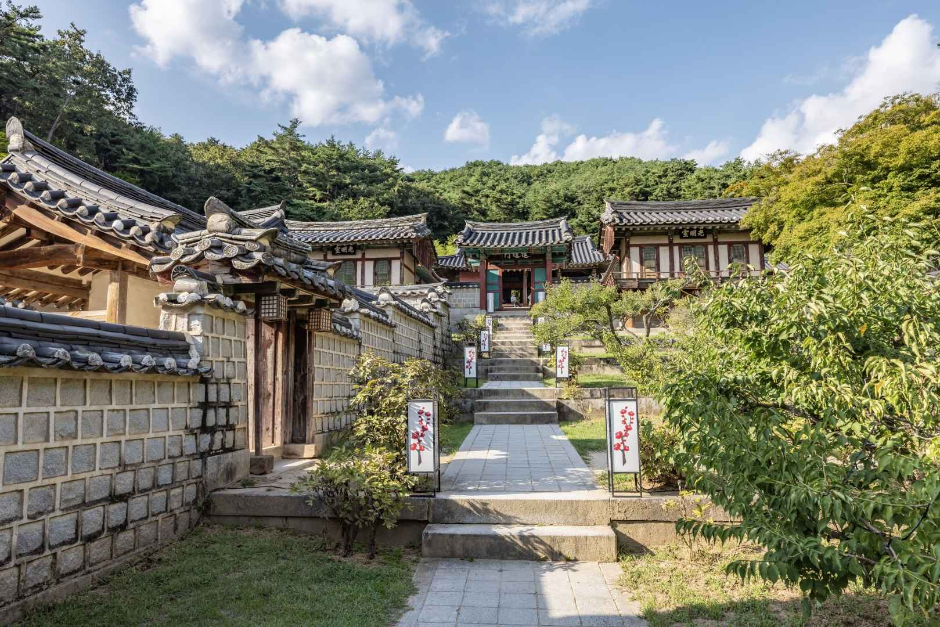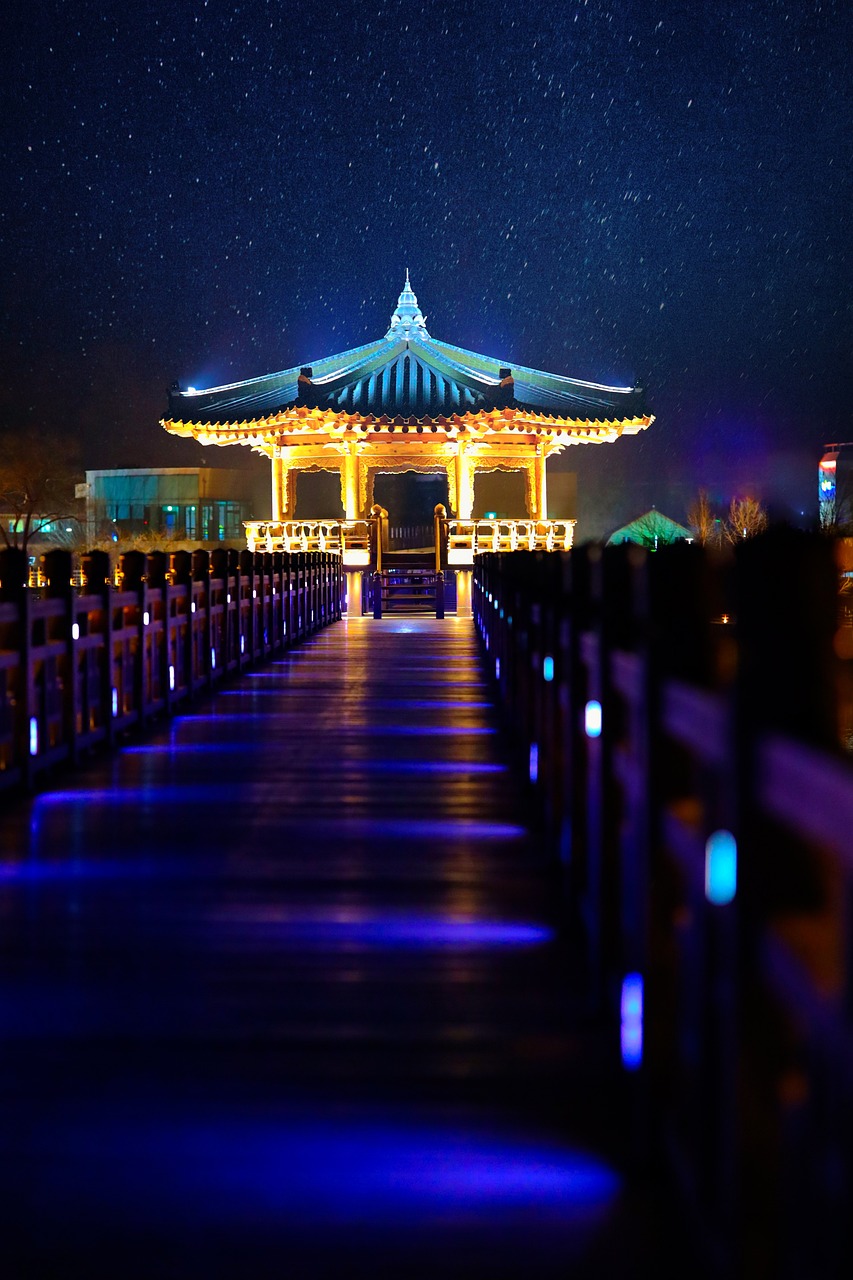Day 18
- Arrive from Gyeongju (1.5 hour drive) by car in the morning.
Hahoe Folk Village
Hahoe Village is one of the most famous folk villages in Korea, located in Andong. ‘Ha’ stands for ‘river’ and ‘hoe’ means ‘to turn around’, referring to the village’s location where the Nakdong River makes a sharp turn. The village is home to descendants of the Ryu clan of Pungsan, which still makes up 70 percent of the villagers. The village was founded in the 14th-15th century during the Joseon Dynasty and has preserved its traditional architecture and way of life. The settlement includes the residences of the families, pavilions, Confucian academies and study pavilions that reflect the aristocratic Confucian culture of the early Joseon era. Within the village, six houses out of 124 have been designated as National Treasures. Hahoe Masks, a National Treasure, is also an important feature of the village.
Hahoe Folk Village
Confucian Academy
In terms of architecture, Dosanseowon Confucian Academy complex can largely be divided into Dosanseodang compound and Dosanseowon compound. Dosanseodang area consists of living quarters and lecture halls where Toegye Yi Hwang, an eminent Confucian scholar, lived and taught his students. Dosanseowon was built after Toegye Yi Hwang passed away by his followers’ to honor the legacy of his teachings as well as to pay respects to the deceased.
Built in 1561, Dosanseodang lecture hall is the oldest building in the whole complex. It was personally designed by Yi Hwang, penname Toegye, to further his studies while educating future scholars after moving to the countryside. Living quarters used as a student dormitory were also built along with the lecture hall.
Dosanseowon compound was completed in 1576, six years after Yi Hwang’s death. Yi Hwang’s ancestral tablet was enshrined inside Sangdeoksa Shrine in 1572. Two years later, Jeongyodang Lecture Hall was built to relocate the tablet and with the addition of buildings to the hall’s east and west, the area became a seowon. In 1575, the establishment was bestowed a royal charter and a plaque with the name Dosanseowon written by Han Seok-bong, and became the Confucian academy headquarters in the Yeongnam region.
Dosanseowon Confucian Academy
Confucianism, also known as Ruism or Ru classicism, is a system of thought and behavior originating in ancient China, and is variously described as a tradition, philosophy, religion, theory of government, or way of life. Founded by Confucius in the Hundred Schools of Thought era (c. 500 BCE), Confucianism integrates philosophy, ethics, and social governance, with a core focus on virtue, social harmony, and familial responsibility.
Woryeonggyo-Bridge
Woryeonggyo Bridge is the longest wooden bridge in Korea, spanning 387 meters across the Nakdong River. The bridge forms a beautiful scene, which is why it is also often used as a filming location for Korean dramas. The place also lights up beautifully at night, so it’s worth visiting in the evening as well.
Woryeonggyo Bridge
Day 19
- Leave Andong in the evening to go to Weonju (1 hour and 30 minutes drive)
- Leave Weonju in the morning to go to Sokcho (1 hour and 40 minutes drive).
Accommodation
Airbnb in Weonju
Our accomodation is actually not in Andong, but in Weonju, which is located between Andong and Sokcho. We chose this, because the drive between Andong and Sokcho is quite long (3.5 hours), and we wanted to break it up a bit.
- Check-in from 15.00, check-out before 11.00
- Address: 524 Sicheong-ro 단관청솔아파트 5차 503동1506호, Weonju, Gangwon Provincie 26469, Zuid-Korea






